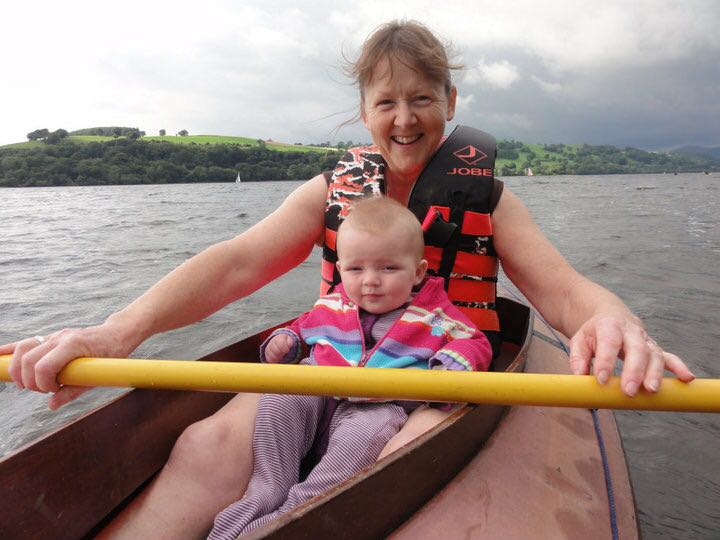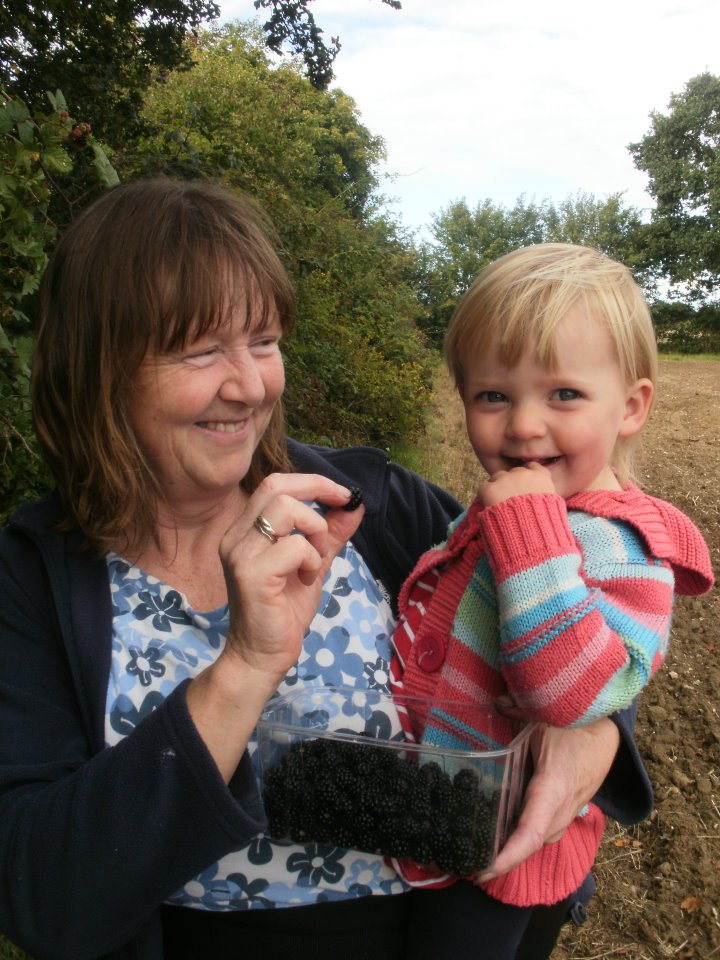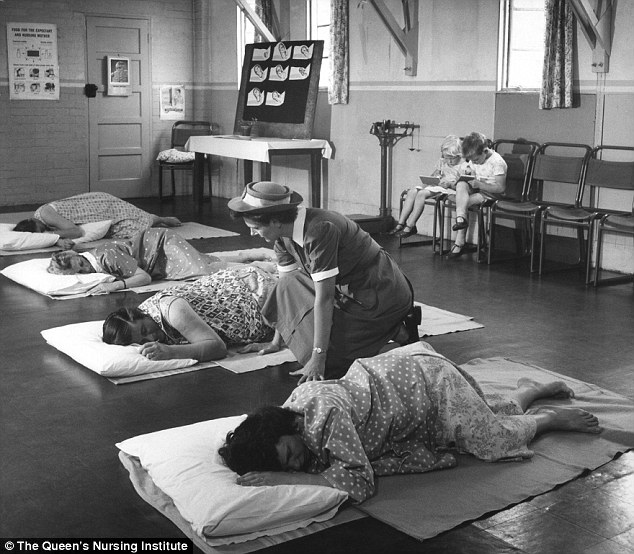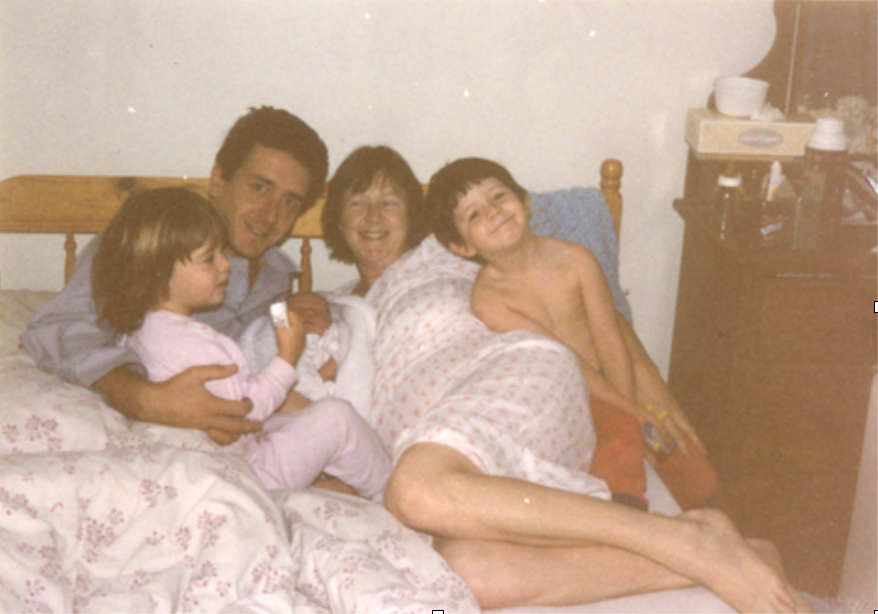Ann Roberts and Sian Verney – About Birth & Babies
I am Ann, married to Neil, mother to four children, and grandmother to two; with two more expected this summer. I have been involved in childbirth education with the NCT since my second baby was born in 1984. I am passionate about enabling women and their partners to feel informed and confident about labour, birth and parenthood.
Sian and I started About Birth & Babies 3 years ago to offer independent antenatal education courses in Norfolk and North Suffolk. We wanted more flexibility in what we offer to the expectant parents in this area than we had previously with NCT.
It is a privilege and a pleasure to work with parents at this very special time in their lives, we both love our work and look forward to many more years of spending time with, and supporting, new parents and babies.
The Good, the Bad and the Ugly
Pregnancy 43 years ago – a little different to today?
When I was pregnant with my first baby in 1974, women went to their GP for a pregnancy
test, at the time this still involved a urine sample (after missing at least two periods) and frogs,
although the birth of the pregnancy tests we have today was just around the corner. I have put
a description below in case anyone is squeamish, or a lover of frogs! Anyway the test took
about a week to come back. If you had started to feel nauseous and tired you could suspect
you were pregnant, but confirmation took a while and would be inaccurate if sent too early.
The booking visit which followed was with the midwife and the GP, who usually performed a
pelvic examination which also confirmed the pregnancy. This involved a vaginal examination
(VE) with palpation from the outside – not fun. The due date was calculated as 280 days from
the first day of your last menstrual period (LMP) just as it is now; although many women
seem to have this date altered by a few days after a “dating” scan. Interestingly, research
shows that this scan date is no more accurate than the LMP one – women are still due
somewhere between 37 – 42 weeks and both estimates have a margin of error of least a week.
After that you often had your breasts examined for no apparent reason, you were weighed and
your shoe size noted. Finally you were issued with iron tablets, which made you constipated,
regardless of whether you needed them or not. At that time most people accepted what they
were told by health professionals without question. Ante-natal care was shared between GP,
midwife and the consultant unit.
The hospital visits at 16 and 32 weeks involved hours of waiting for not very much. A young
doctor did a clumsy palpation, and sometimes another VE and totally unnecessary breast
exam, and bloods were taken. A midwife checked your blood pressure and a mid stream urine
sample (MSU) at every visit.
Midwives and GPs would later on listen to the baby’s heart with a Pinard stethoscope, but
could not hear this until around 20 weeks. On your pregnancy notes there was a place to note
down when you first felt foetal movements, it was called “Date of quickening”. This helped to
date the pregnancy, most women feel their babies move at around 18 weeks. The strange
thing was that after you stopped feeling tired and sick at about 3 months, and until you first
felt the baby move, it was hard to believe you were pregnant. No doppler, no ultrasound
scans, no AFP/triple test, no amniocentesis – at least this meant no difficult decision making.
What was Good:
Frequent, regular visits to midwives/GP who seemed to have plenty of time to talk and
take an interest in your pregnancy. These were 4 weekly from booking to 28 weeks, 2
weekly from 28 – 36 weeks, weekly from 36 weeks to term.
Finishing work at 29 weeks, weekly ante-natal relaxation sessions with the midwife
where we lay on pillows and relaxed for about an hour in the afternoon.
An expectation of normality, with no invasive/worrying AN tests.
Confidence in women’s ability to give birth (low Caesaream/assisted birth rates)
1-2- 1 midwifery care throughout labour.
Bad:
Not much information – books told you what to expect, did not offer choices.
No discussion – “we know best” was the medical attitude.
Getting told off for gaining too much weight or asking awkward questions.
Partners/husbands not welcome at ante-natal visits or in the labour room.
Ugly:
Too many VEs, in pregnancy and labour.
Induction on the Monday following your due date (if no baby before)
Full pubic shave and enema on entry to hospital
Confined to bed and monitored
Routine episiotomy
Babies taken away to nursery
My overwhelming feeling in pregnancy was that although some of the care was unpleasant
and unwelcome, we were well looked after, given lots of time, and told exactly what to
expect. As a recent teenage rebel, I found the expectation that I would do as I was told
difficult to accept, but there was little alternative information, no internet, and the NCT had
not really reached the provinces. I discovered in a women’s magazine that there was a
suspicion, pethidine might affect the baby and breastfeeding, midwives were dismissive when
I asked about this, but it was enough for me to decide to decline this in labour.
This was a time before epidurals, most labours were induced or accelerated with syntocinon,
and women lay flat on their backs on beds being internally monitored having had their waters
broken, pethidine probably helped to keep them quiet and acquiescent. However, we did have
a midwife with us throughout labour (no partners remember). I had also read that babies could
be demand fed, this was very radical and controversial at a time when most women formula
fed to schedules, and babies were removed to the nursery between 3-4 hourly feeds and
overnight for the first two nights. This caused big problems for me on the postnatal ward – but
that’s another story –
Partly as a result of my care in pregnancy, labour and birth with this first baby – I opted for
home births for the subsequent three. Baby No. 1 took this picture the morning after the birth
of Baby No. 4. Apologies for the quality.
* The frogs? Apparently human urine was injected into female frogs who would produce eggs within 24 hours if pregnancy hormones were present. https://www.livescience.com/37128-history-of-pregnancy-tests-ept-hcg.html
Pregnancy dating by EDD or ultrasound:
http://www.bbc.co.uk/news/magazine-31046144












